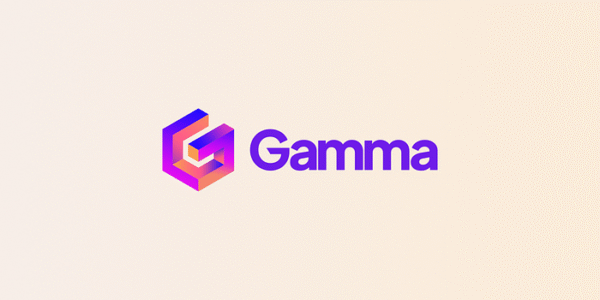
Fuentes oficiales y documentación técnica
• Gamma.app. Help Center & Resources. Disponible en: https://gamma.app
• Gamma.app. Blog oficial de Gamma: casos de uso y actualizaciones.
Disponible en: https://gamma.app/blog
Libros y manuales sobre presentaciones efectivas
• Duarte, N. (2010). Resonate: Present Visual Stories that Transform Audiences. Wiley.
• Reynolds, G. (2023). Presentation Zen: Simple Ideas on Presentation Design and Delivery. New Riders.
• Atkinson, C. (2017). Beyond Bullet Points: Using PowerPoint to Tell a Compelling Story. Microsoft Press.
Inteligencia Artificial aplicada a la creación de contenidos
• Russell, S. & Norvig, P. (2021). Artificial Intelligence: A Modern Approach (4ª ed.). Pearson.
• Marr, B. (2022). Artificial Intelligence in Practice: How 50 Successful Companies Used AI to Solve Problems. Wiley.
• Kelleher, J. (2019). Deep Learning. MIT Press Essential Knowledge Series.
Artículos y recursos académicos
• Kaur, P., & Rampersad, G. (2023). Artificial intelligence and the future of work: human-AI collaboration in the digital era. Journal of Business Research, 158, 113619.
• Amabile, T., & Pratt, M. (2016). The dynamic componential model of creativity and innovation in organizations. Research in Organizational Behavior, 36, 157-183.
• Faggella, D. (2022). AI in Business: Real-World Applications. Emerj Artificial Intelligence Research.Recursos sobre herramientas colaborativas y educación digital
• Bates, A. W. (2019). Teaching in a Digital Age. BCcampus.
• Siemens, G. (2005). Connectivism: A Learning Theory for the Digital Age. International Journal of Instructional Technology & Distance Learning.
• Salmon, G. (2020). E-Moderating: The Key to Online Teaching and Learning. Routledge.